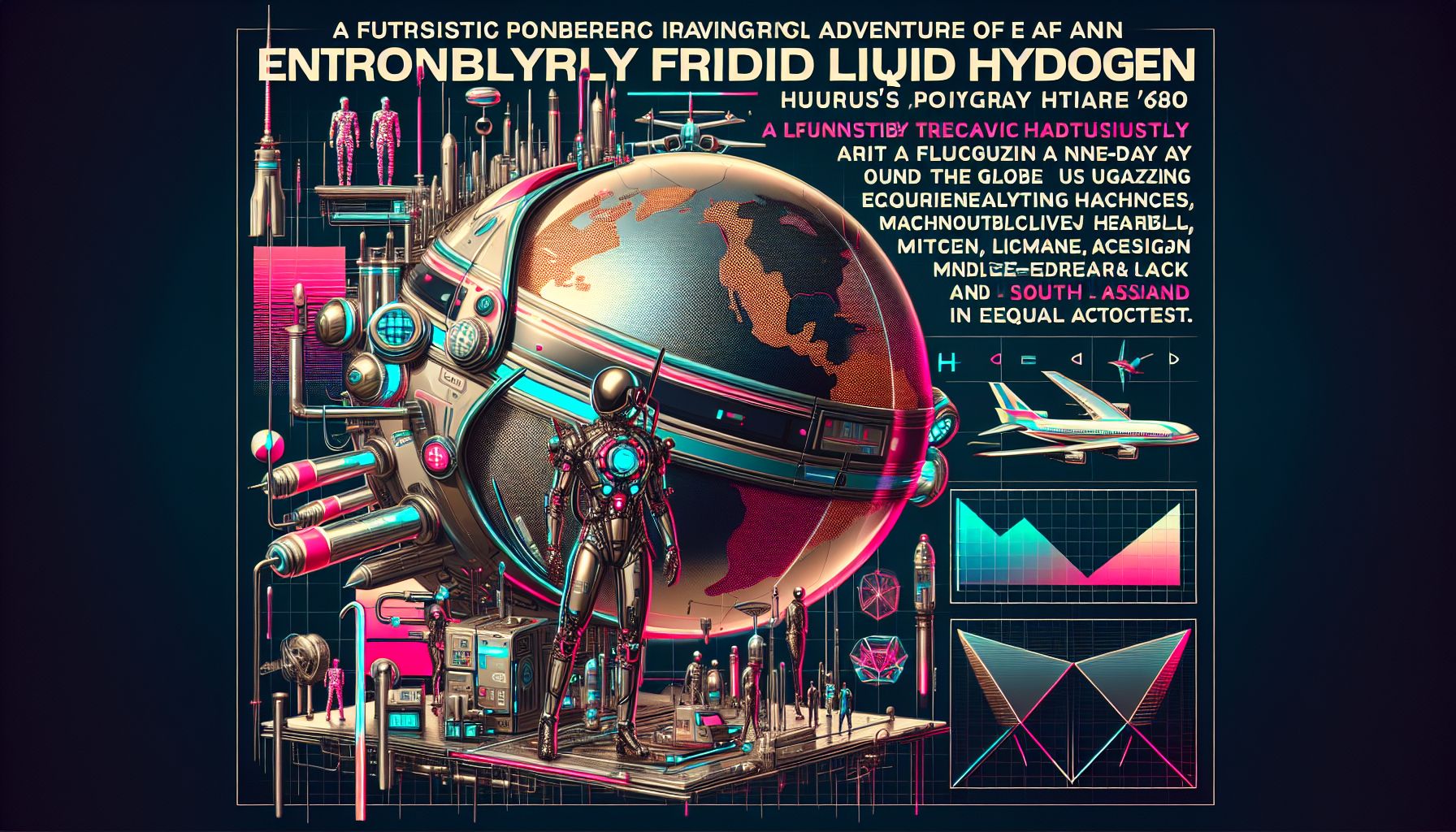Pioneering a Nine-Day Nonstop Green Flight Around the Globe

Geneva, Saturday, 15 February 2025.
Swiss adventurer Bertrand Piccard plans a nine-day nonstop global flight using liquid hydrogen, aiming to revolutionise aviation sustainability. With testing slated for 2026, this journey could significantly reduce aviation emissions, inspiring wider adoption of hydrogen power.
The Climate Impulse Project Takes Shape
I’m excited to share the progress of this groundbreaking initiative that’s marking its first anniversary. As a 66-year-old Swiss aviation pioneer, Bertrand Piccard is leading the Climate Impulse project, which aims to achieve something unprecedented - a nine-day nonstop flight around the world using green hydrogen [1][2]. The aircraft, featuring a 34-meter wingspan and weighing 5.5 tons, will cruise at 180 km/h [1]. What fascinates me most is the innovative use of super-cold liquid hydrogen stored at -253°C in ultra-insulated tanks [1][2].
Technical Milestones and Partnerships
The project has already achieved significant milestones. The team has completed the cockpit construction and is making steady progress on the advanced-composites wing [2]. Working alongside Syensqo as the main technological partner, with support from industry giants like Airbus, Ariane, and Safran, the project is pushing the boundaries of what’s possible [2]. I find it particularly impressive that the lightweight epoxy and carbon fibre composite materials could extend the aircraft’s range by 9,000 km [3]. The fuel cells are already showing an efficiency of 55%, significantly outperforming traditional fossil fuel engines [2].
Environmental Impact and Future Timeline
With aviation currently accounting for 2% of global CO₂ emissions and growing faster than any other sector [1], this project couldn’t be more timely. The team is planning first test flights in 2026, with the ambitious global journey set for 2028 [1][3]. Even Hollywood is taking notice - Tom Cruise has volunteered to be one of the first passengers [2]! The aircraft will carry 1,500 kg of liquid hydrogen in two 12m³ thermally-insulated reservoirs [2]. While the environmental impact of water vapor emissions at high altitudes remains uncertain [1], this project could indeed be aviation’s ‘Tesla moment’ [1][4].